The Communication and Signal Processing Group (CSP Group) at Imperial College London has a fascinating history rooted in the groundbreaking work of early 20th-century pioneers like Alan Blumlein (stereophonic sound), Dennis Gabor (holography, image processing), Alec Reeves (PCM), and Colin Cherry (human communication). The Group has made significant contributions to digital signal processing and communication technologies, impacting various fields such as radar, sonar, and modern mobile communications.
Early
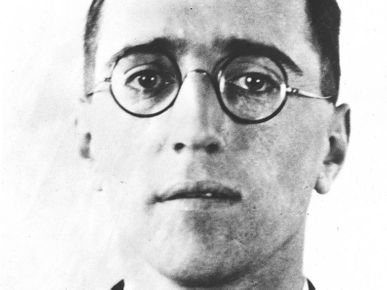
1931
Alan Blumlein invents stereo sound, one of the most important advances in C20th audio engineering.
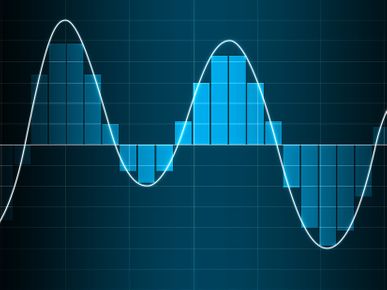
1937
Pulse code modulation (PCM), the digital representation of analogue sound, is invented by Alec Reeves.
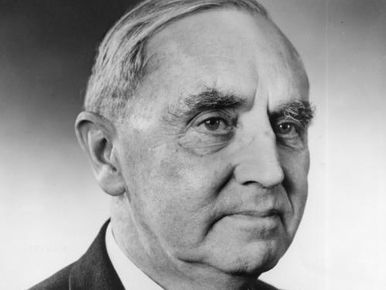
Alec Harley Reeves
Alec Harley Reeves was an English scientist best known for his invention of pulse-code modulation (PCM).
In 1951, the first Information Theory Symposium was co-chaired by Professors Cherry and Gabor. Held at the Imperial College building on Exhibition Road, now home to the Victoria and Albert Museum, this symposium attracted international participants like Claude Shannon and Leon Brillouin, who are now recognized as key figures in information theory and signal processing.
The CSP Group as we know it began to take shape in the late 1960s, driven by the shift to digital technology. Researchers like Colin Cherry, Dennis Gabor, and Bruce Sayers saw the need for more advanced digital techniques. In 1967, the first international gathering of experts in digital signal processing was organised by Bob Bogner and Tony Constantinides at Imperial College, focusing on digital filter design and applications in speech and image processing.
The Group's research continued to evolve, with collaborations between Bogner, Cherry, Gabor, and Constantinides leading to significant advancements in digital signal processing and communications. By 1970, the second international conference on Digital Signal Processing (DSP) was held, broadening its scope to include biological and medical applications. Professor Bruce Sayers led efforts in heart-rate modelling and algorithmic implementation, supported by a small team exploring the use of microprocessors.
During the mid-1970s, Bruce Sayers became Head of the Department of Electrical Engineering at Imperial College and appointed Tony Constantinides to expand the DSP work and applications. This led to the transformation of the Engineering in Medicine section into the Signal Processing and Applications Section. The Group secured extensive research funding from government defence related sources and UK industry partners like British Telecom, STC, Plessey, Marconi, Philips, and GEC, focusing on integrating digital technology with traditional analogue systems.
The late 1970s saw a period of adjustment following Professor Colin Cherry's retirement. The Group's research efforts primarily targeted defence areas (radar and sonar systems) and the telecommunications industry's shift to digital technology. This work significantly influenced both domains and led to collaborations with the USA's DARPA program under the Alvey Programme in 1982.
colin
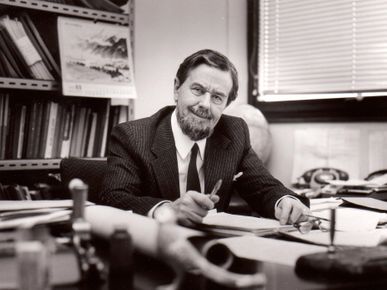
1957
Colin Cherry's 'On Human Communicaion' influential in telecommunication and cognitive science
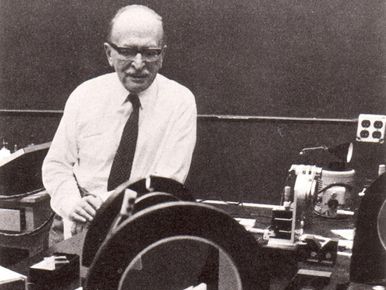
1971
Denis Gabor, inventor of holography, is awarded the Nobel Prize in Physics
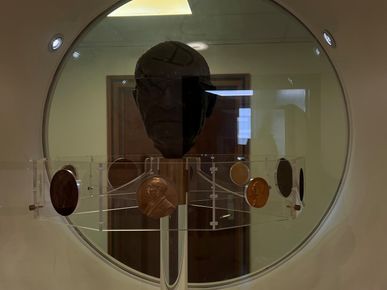
1971
Nobel medal awarded to Denis Gabor for his invention of holography
In the late 1980s, the CSP Group established the University Research and Defence Collaboration Centre (URDC Centre) with substantial triennial funding. The group also launched the MSc course in Communications and Signal Processing, the first of its kind at Imperial College and in the UK, serving as a model for similar courses worldwide.
In 1997, under Bob Spence as Head of Department, the Communication Section led by Laurie Turner merged with the Signal Processing and Applications Section led by Tony Constantinides, forming the current CSP Group first led by Tony Constantinides. The number of PhD students in the group increased significantly, with many graduates becoming leaders in modern digital communication technologies like 4G, 5G, 6G, and MIMO. The Group's scope continued to expand, covering areas such as communication networks, artistic output characterization, archaeological site modelling, financial signal processing and AI and machine learning.
In 2003 Tony Constantinides played a key role in establishing the Data and Information Fusion Doctoral Training Centre (DIF DTC), which operated from 2003 to 2009. In 2004, after 30 years of leadership, Professor Tony Constantinides retired, marking a significant transition for the Communications and Signal Processing group at Imperial College London. Following his departure, Mr. Mike Brookes, an expert in speech processing, served as head of the group for two years, during which he continued to foster an environment of innovation and collaboration.
In 2005, the late Professor Maria Petrou, a renowned expert in image processing, took over the leadership. Under her guidance, the group not only advanced its research agenda but also significantly increased its profile in the academic community. During this period, the group attracted substantial funding, including the Systems Engineering for Autonomous Systems Doctoral Training Centre (SEAS DTC), active from 2005 to 2011, emphasizing interdisciplinary research and training in signal processing and data analysis.
In 2009, Professor Kin Leung, an expert in communication and wireless networks, assumed leadership of the group. His tenure saw the group expand its research focus to include cutting-edge developments in 5G communications, IoT (Internet of Things) and defence research. In 2009-2013 and jointly with Dstl, the group established the University Defence Research Centre (UDRC Phase 1) in Signal Processing, a large-scale defence research initiative across UK universities, industries and government, laying the foundation for subsequent phases of UDRC
In 2024, Professor Bruno Clerckx, an expert in wireless communication and signal processing, succeeded Professor Leung.
The group is actively involved in collaborations with industry partners, further bridging the gap between academic research and practical applications in the communications field. Overall, the Communications and Signal Processing group has not only maintained its reputation for excellence but has also positioned itself at the forefront of technological advancements in the field, making significant contributions to both academic and industry landscapes.
tony
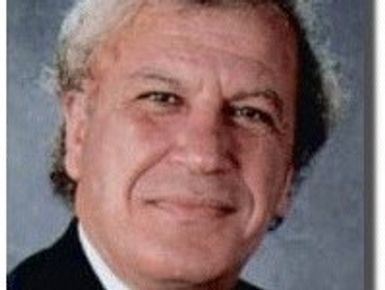
1985
Tony Constantinides awarded Palmes Academiques for pioneering work in digital signal filters
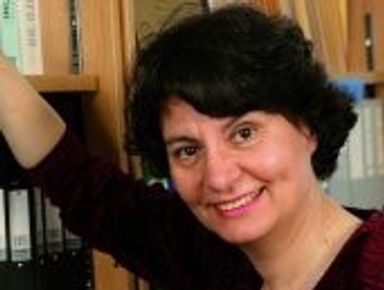
2005
Maria Petrou, developer of novel image recognition techniques and prolific scientific author becomes EEE's first woman Professor.
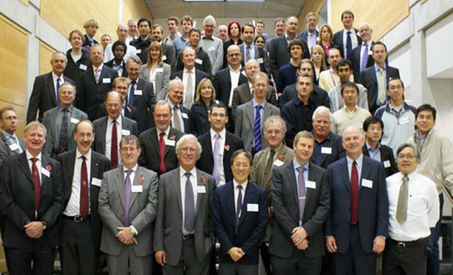
2009
Official Launch of UDRC on 4 Nov 2009 at Imperial